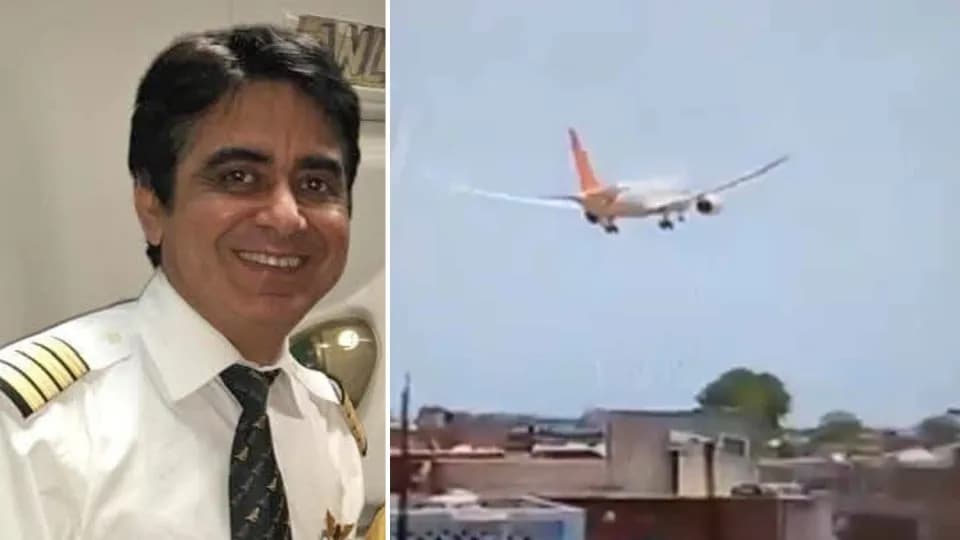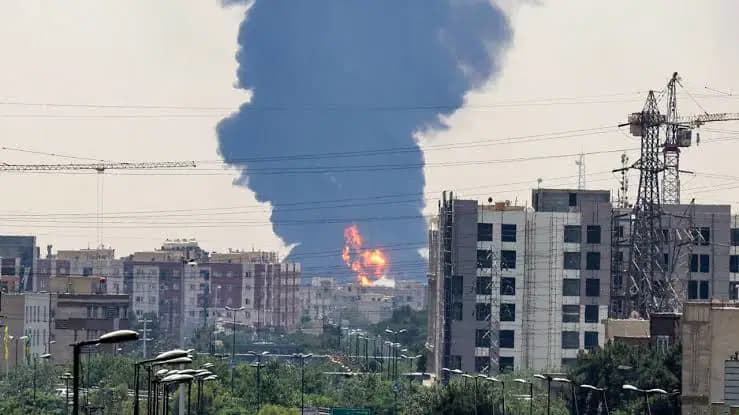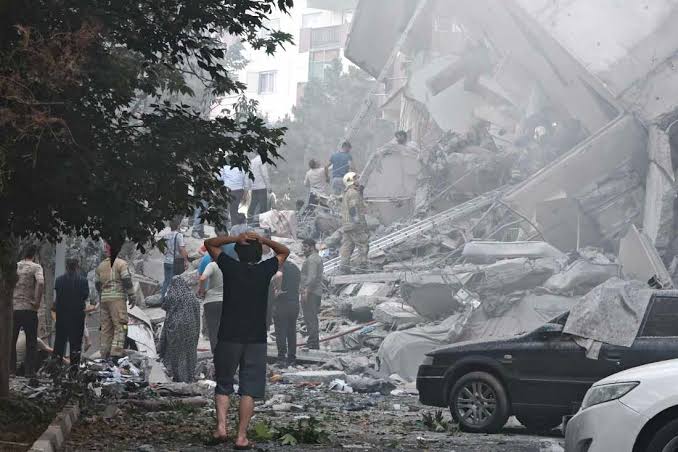Air India Flight AI171, a Boeing 787-8 Dreamliner bound for London Gatwick, crashed moments after takeoff from Sardar Vallabhbhai Patel International Airport in Ahmedabad, India, resulting in one of the deadliest aviation disasters in recent history. The aircraft, carrying 230 passengers and 12 crew members, plummeted into a medical college hostel in the Meghaninagar neighborhood, killing 241 people on board and at least 28 individuals on the ground. The sole survivor, British national Vishwashkumar Ramesh, miraculously escaped from his seat near an emergency exit, providing a harrowing account of the tragedy that has stunned the aviation world.
The flight departed at 1:38 p.m. local time, utilizing the full length of Runway 23, but struggled to gain altitude almost immediately. According to air traffic control, the pilots issued a mayday call seconds after takeoff, reporting that the plane was “losing power” and “unable to lift,” indicating a critical issue with thrust. Surveillance footage and eyewitness accounts corroborate that the aircraft reached a maximum altitude of 625 feet before descending rapidly, crashing into the B.J. Medical College hostel and erupting into a massive fireball fueled by approximately 125,000 liters of aviation fuel.
Vishwashkumar Ramesh, seated in 11A near an emergency exit, recounted hearing a loud noise 30 seconds after takeoff, followed by the plane’s rapid descent. He described unbuckling his seatbelt and escaping through a broken door on the side of the aircraft that did not directly impact the building, sustaining burn injuries to his left hand and chest. Ramesh, who was traveling with his brother Ajay Kumar Rakesh seated in a different row, expressed disbelief at his survival, noting he witnessed crew and passengers perish before his eyes.
The crash site presented a grim scene, with the aircraft’s tail section, marked with the registration VT-ANB, protruding from the devastated hostel building. The impact occurred during lunch hour, killing at least five medical students and injuring 50 others in the hostel, with some reports estimating up to 290 total fatalities, including ground casualties. Emergency response teams, including six National Disaster Response Force units, fire engines, and ambulances, were deployed swiftly, but the intense fire hindered rescue efforts.
Investigators have recovered one of the aircraft’s black boxes, the cockpit voice recorder, from the roof of the hostel’s mess building, with the digital flight data recorder also located among the wreckage. These devices are critical for understanding the cause of the crash, which remains under investigation by India’s Aircraft Accident Investigation Bureau, supported by teams from Boeing, GE Aerospace, and the UK’s Air Accidents Investigation Branch. Initial theories include engine thrust issues, possible fuel supply failure, or flap misconfiguration, though sabotage has been ruled out, and a bird strike is considered unlikely.
The Boeing 787-8 Dreamliner, an 11-year-old aircraft delivered to Air India in January 2014, had logged over 41,000 flight hours, considered average for its type. This incident marks the first fatal crash of a Boeing 787 since its introduction in 2011, raising concerns about the model’s previously strong safety record. India’s Directorate General of Civil Aviation has ordered additional maintenance checks on Air India’s Boeing 787 fleet equipped with GE Aerospace GEnx engines, focusing on systems like the electronic engine control and cabin air compressor.
Among the victims was former Gujarat Chief Minister Vijay Rupani, alongside 169 Indian nationals, 53 British nationals, seven Portuguese nationals, and one Canadian. The flight was commanded by Captain Sumeet Sabharwal, a seasoned pilot with over 8,200 hours of flying experience, who was months from retirement. The tragedy has prompted widespread grief, with Indian Prime Minister Narendra Modi visiting the crash site and meeting with Ramesh in the hospital, describing the event as “heartbreaking beyond words.”
Air India, now operated by the Tata Group, has established assistance centers in Ahmedabad, Mumbai, Delhi, and Gatwick to support victims’ families, offering 10 million rupees (£86,000) in compensation per fatality. The airline’s chairman, Natarajan Chandrasekaran, expressed deep sorrow and committed to aiding emergency response efforts. Gatwick Airport has set up a reception center for relatives, and the UK Foreign Office is providing consular support to affected British nationals.
The crash has reignited scrutiny of Boeing, with its shares dropping 5-9% in the aftermath, compounding challenges following previous incidents involving other aircraft models. A whistleblower’s 2024 claims about manufacturing shortcuts in the 787 program, though deemed not an immediate safety issue by Boeing, are now under renewed examination. The U.S. Federal Aviation Administration and National Transportation Safety Board are assisting in the investigation, which may take months or years to conclude.
Social media reflect ongoing speculation, with some suggesting flap misconfiguration or landing gear drag as potential factors, while others highlight the pilot’s training and the aircraft’s maintenance history. However, these claims remain unverified, and official findings will depend on black box analysis and crash site evidence. The tragedy has also drawn international condolences from leaders like UN Secretary-General Antonio Guterres and Russian President Vladimir Putin.
Ahmedabad’s airport remains closed, disrupting regional flight operations, as authorities continue DNA sampling to identify victims, a process expected to take 72 hours due to the severity of the fire. Families, like that of 22-year-old cabin crew member Kongbrailatpam Nganthoi Sharma, are grappling with profound loss, while others, such as Imtiaz Ali, await closure through identification efforts. The crash’s impact on Air India’s reputation and Boeing’s safety narrative will likely persist as the investigation unfolds.




